Why is First Flush Darjeeling considered the champagne of teas?
Advertisement
Experiences
Why is First Flush Darjeeling considered the champagne of teas?
The prized tea grown in the foothills of the Himalayas is geographically protected and farmed organically, which means production is limited and subject to the vagaries of nature.

Outset Flush Darjeeling refers to the processed leaves of the very first harvests around late Feb to late April each year. (Photo: TWG Tea)
23 Jul 2022 06:30AM (Updated: 05 Jul 2022 01:30AM)
A cup of shine Darjeeling tea, grown in the foothills of the Himalayas, is one of the pinnacles of the tea-drinking experience for tea connoisseurs. Even better, make that a First Flush Darjeeling, which refers to the processed leaves of the very first harvests around belatedly February to late Apr each year, prized for being the well-nigh delicate of the annual yield.
Darjeeling tea's production remains among the nigh labour-intensive processes in the world. Most of it is done by hand, beginning with experienced workers who comb the plantations, picking but shoots bearing two leaves and a bud. According to TWG Tea, which recently released its 2022 Kickoff Flush Harvests, it takes approximately 20,000 to 22,000 shoots to produce a kilogram of Darjeeling tea. That'south a lot of shoots to hand-option to supply the entire world.
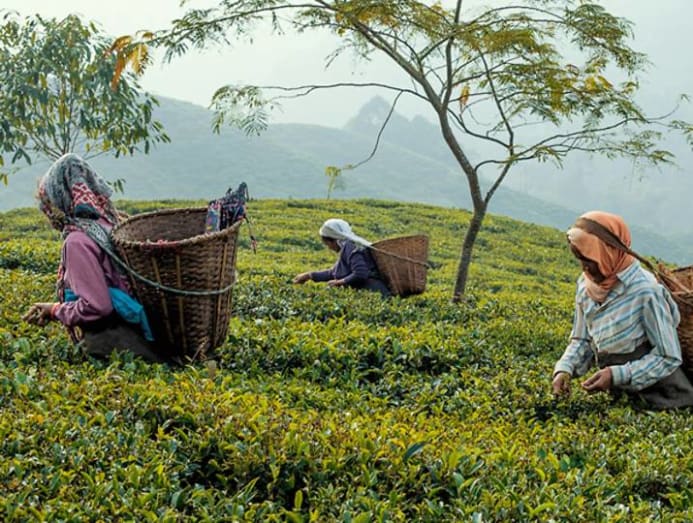
READ> Yous'll want to savour every final sip of this tea, which costs S$800 a pot
Loftier ON THE HILLS
Darjeeling tea took root much similar many commercial endeavours of colonial times: With thievery. In 1848, the British Eastward India Company tasked botanist Robert Fortune with smuggling alive tea bushes out of China and replanting them in the Himalayan foothills to establish a new tea industry nether British control. It took fits, starts and well-nigh a decade, just by the belatedly 19th century, Darjeeling plantations were growing some of the world's finest teas thank you to the region'due south cool high-distance climes and unique terroir.
Each spring, the intense sunlight against the cold Himalayan air serves every bit kindling for the tea bushes to blossom into life with their offset spring harvests. In one case picked, the tea shoots undergo delicate processing, from the rolling of leaves to release their natural juices, to drying and sorting into various grades.
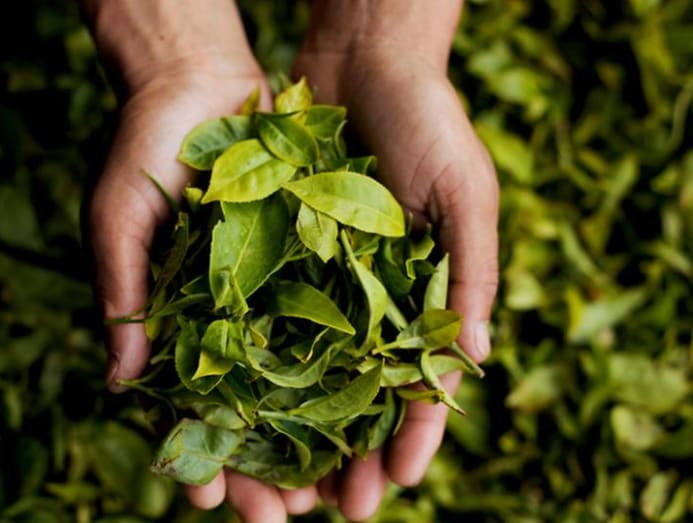
Another thing that keeps Darjeeling in rarefied territory is its mountainous terrain that limits tea production. Darjeeling's output accounts for just one per cent of the 900,000 tonnes that India produces annually. Most Darjeeling plantations – including the world-renowned Okayti plantation, which produces TWG Tea's prized Darjeeling teas – practise organic farming, which essentially means that the plants are grown with a practiced dose of faith in nature's arbitrary vagaries.
Elements of climate change like unpredictable rainfall in areas prone to mudslides tin be addressed by growing native plants and wild grasses between tea bushes to preclude pinnacle soil from washing away. But there are some things that humans and processes merely cannot command or expect, similar a global pandemic.
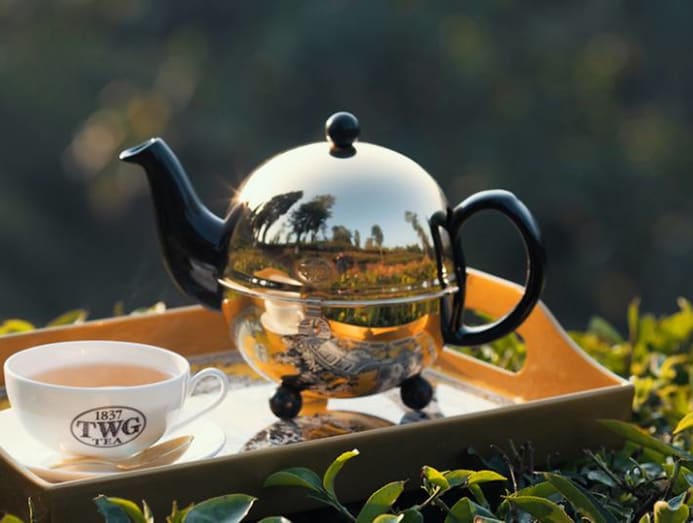
"Equally India went into lockdown due to COVID-19, plantation activity ground to a halt and plucking ceased at the most pivotal time of the twelvemonth," explained Maranda Barnes, co-founder and manager of communications and concern evolution of TWG Tea.
"On any given year, TWG Tea ensures that only the highest quality harvests are selected for us and this unprecedented upshot has resulted in a limited quantity of Darjeeling First Affluent teas this year, equanimous solely of teas processed pre-lockdown," she added.
WHAT'S IN A Proper noun
At that place's adept reason why Darjeeling teas are oft referred to as "the champagne of teas". Their distinctive aroma is fragile, refined and fruity, with unmistakable notes of muscatel and peaches, quite dissimilar the more vigorously flavoured of teas of India's lowlands.
For a long time, much of the tea sold as Darjeeling was not actually grown in its motherland, but was rather a alloy of Darjeeling and bottom teas. In the early 2000s, Darjeeling's growers banded together to seek legal protection for the geographical indication of Darjeeling tea in the U.s. and French courts, which they somewhen clinched.
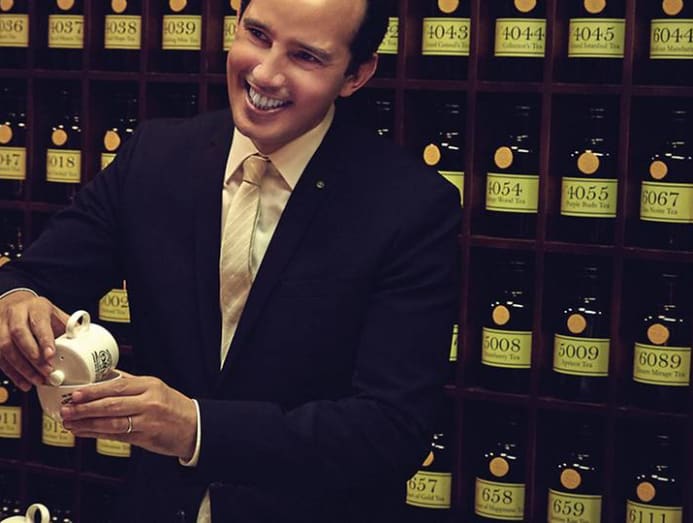
In 2012, the European Matrimony agreed to stage out the use of "Darjeeling" on blended teas. Since then, only as only cognac can only be so named if it comes from Cognac in France, so too a Darjeeling tea tin only be made from tea grown in Darjeeling.
SIP AND Enjoy
Like fine wines, savouring the nuances of Darjeeling tea comes with its own implements and rituals. TWG Tea created ceramic pots with short spouts resembling a bird'due south beak for Darjeeling's specific purpose. These pots feature fitted lids that permit the infused wet leaves to be displayed and their perfume enjoyed at the end of the tasting.
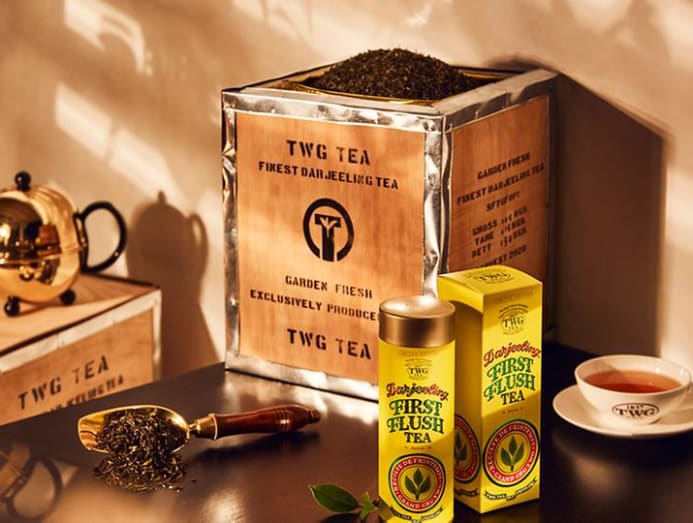
TWG Tea's president, CEO and co-founder Taha Bouqdib recommends that the teas be infused for iii- to four minutes, depending on the pick, in water warmed to between xc and 95 degrees Celsius before they are sipped. "When tasting Darjeeling," he advised, "await at the liquor for the depth of colour and clarity, then taste for briskness, quality, strength and aroma."
This is how 1 tin fully feel the flavours of Darjeeling's periodic harvests or flushes – from the prized, ethereal nuances of the First Flush teas to the more robust complexities of those that follow. Delve deeper into the discrete intricacies of Darjeeling's offerings and you volition come to understand why tea appreciation is increasingly au courant.
READ> Happy tiers: The best places for loftier tea to while away the afternoon
Recent Searches
Trending Topics
sebastianhappereand.blogspot.com
Source: https://cnalifestyle.channelnewsasia.com/experiences/why-first-flush-darjeeling-considered-champagne-teas-247761

0 Response to "Why is First Flush Darjeeling considered the champagne of teas?"
Post a Comment